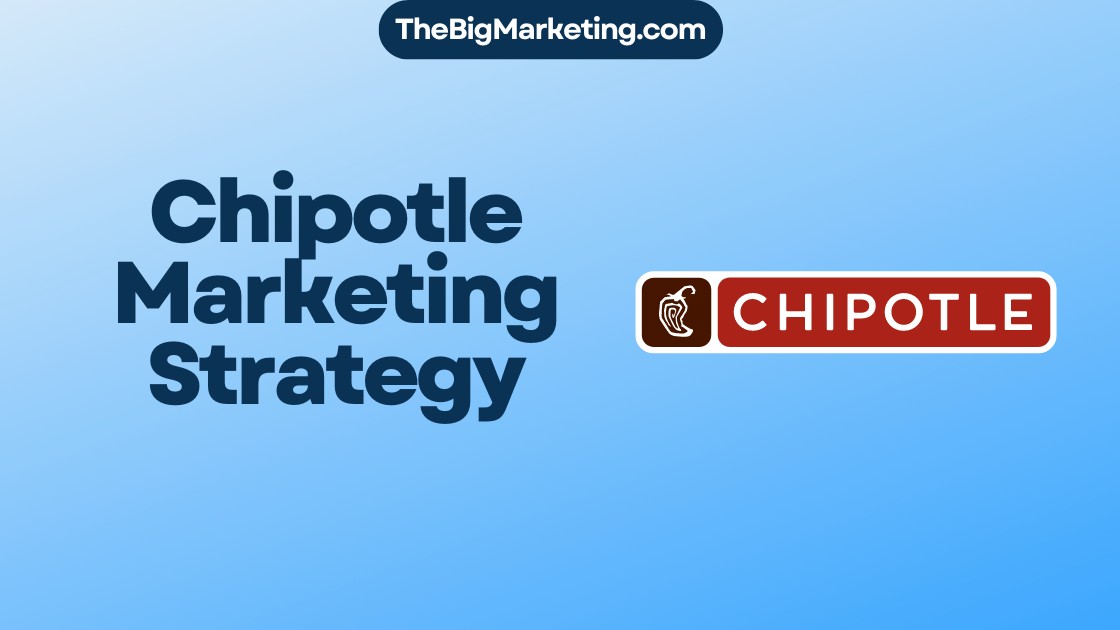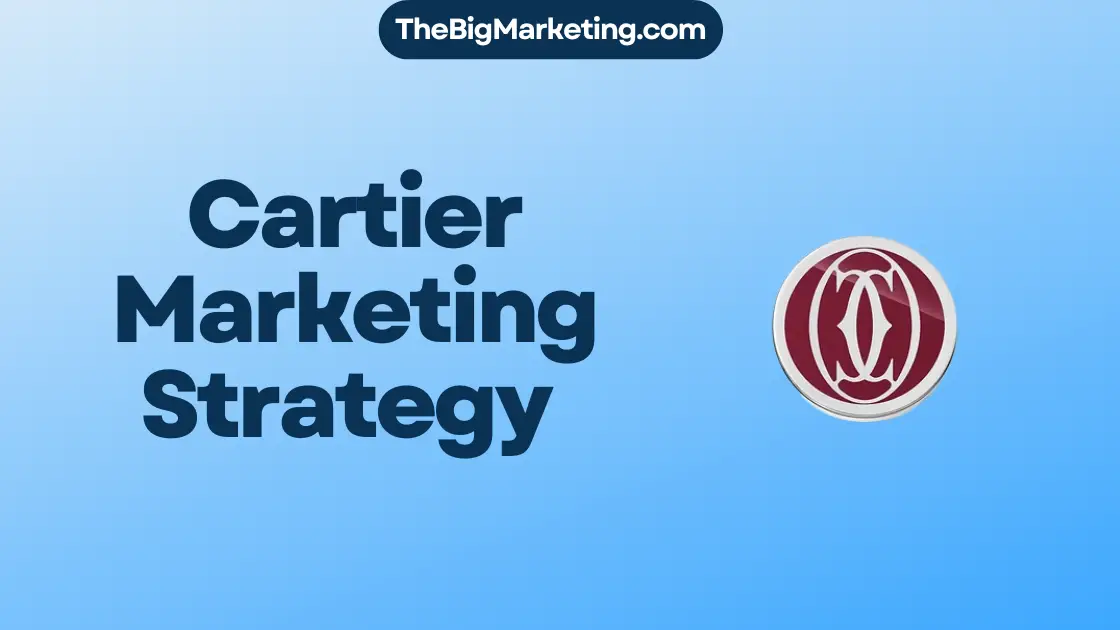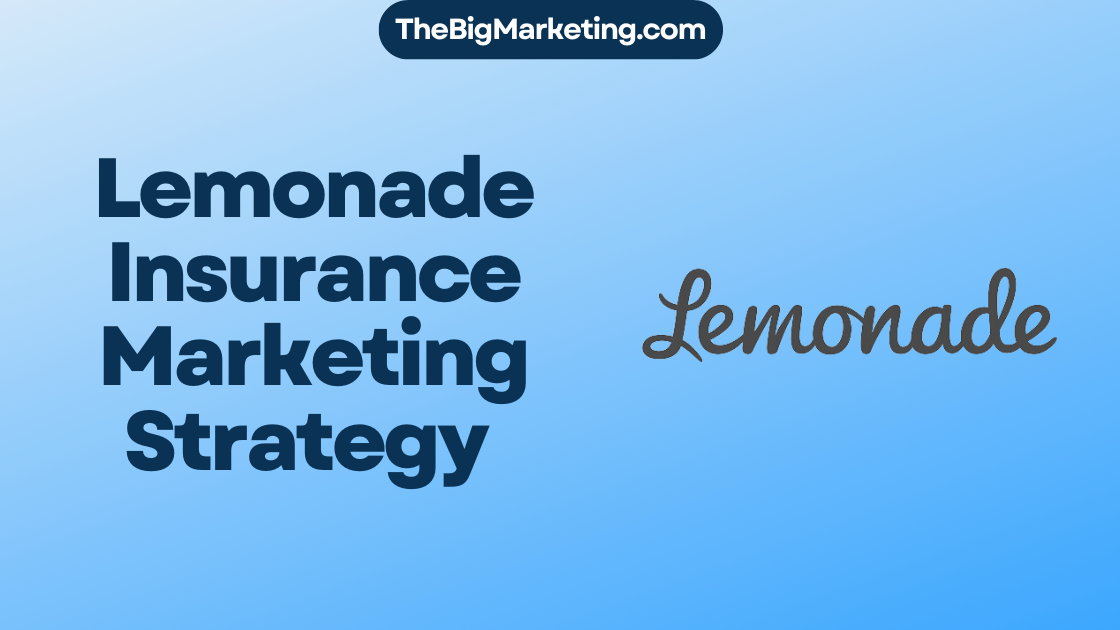Contextual marketing is a digital strategy aimed at delivering personalized ads. It considers users’ search terms or browsing habits. This way, businesses can connect with their audience more successfully and boost conversions. It uses real-time info and segments customers to push ads that match their interests, making experiences more relevant and personal.
This marketing is part of personalized and targeted advertising. It uses users’ real behaviors online, like searches, reading, and clicks, for better ad delivery. Unlike broad demographic targeting, it focuses on specific user actions. This ensures ads meet users’ exact needs and likes.
Contextual marketing leverages the latest tech and automation across digital platforms. These include search engines, news websites, social media, and online stores. It adapts advertising content to fit what users like, making marketing more effective and yielding higher outcomes.
Key Takeaways
- Contextual marketing delivers personalized and targeted advertising based on users’ search terms or browsing behavior.
- It utilizes real-time data and customer segmentation to serve ads that align with users’ interests.
- Contextual marketing goes beyond traditional content marketing by leveraging behavioral targeting and real-time advertising.
- It can be implemented across various digital channels, including search engines, news sites, social media platforms, and retail websites.
- Contextual marketing enhances the effectiveness of digital marketing efforts and drives better results.
What is Contextual Marketing?
Contextual marketing is a way to show ads based on what you search for and view online. This strategy makes online ads less annoying and more effective. It uses your interests to show relevant ads.
If you look up mid-size cars and read about fuel efficiency, you might see ads for hybrid cars on other sites. Ads match your interests, making you more likely to click and buy.
This approach uses cookies to track what you do online. These cookies learn about your searches and site visits. They help show ads that matter to you on different sites.
With ads that fit your interests, contextual marketing is more engaging. It’s good for businesses since it may increase sales. It also makes online ads more relevant to you.
Benefits of Contextual Marketing:
- Higher clickthrough rates: By delivering ads that align with users’ interests, contextual marketing increases the likelihood of users clicking on the ads.
- Increased engagement: Users are more likely to engage with ads that are relevant to their needs and preferences.
- Improved conversion rates: High-quality, targeted advertising leads to better conversion rates as users are more inclined to take the desired action.
Overall, contextual marketing lets businesses show ads that match your interests and what you do online. This personalized way of advertising helps companies do better and makes ads more useful for you.
| Benefits | Explanation |
|---|---|
| Higher clickthrough rates | Ads that align with users’ interests increase the likelihood of clicks. |
| Increased engagement | Users are more likely to engage with relevant ads. |
| Improved conversion rates | Targeted advertising enhances the chances of users taking desired actions. |
How Does Contextual Marketing Work?
Contextual marketing uses behavioral targeting to show relevant ads based on what you search, read, and click. It analyzes your online behavior to pick ads that match your interests. Then, it shows these ads on different websites, increasing the likelihood of catching your attention.
When you search, read an article, or click on an ad, a third-party cookie keeps track. This cookie helps create a profile that guides the ads you see. These ads fit what you like and need, thanks to this profile.
Contextual marketing works on desktops and also on mobile devices. This way, businesses can reach people no matter what device they use.
To grasp contextual marketing better, let’s explore its main parts:
Search Behavior
It looks at your searches to figure out what you’re into. Say you’re looking for “best wireless headphones.” Contextual marketing will then show headphone ads on other sites you visit.
Reading Behavior
It also notices what you like to read about. This helps show ads that are about things you’re interested in.
Ad Clicks
How you interact with ads tells a lot about your preferences. Clicking on ads gives clues on what you might buy, making ads more effective.
Third-Party Cookies
Third-party cookies track your online activities, building a profile of your behavior. This profile is key in showing you ads tailored just for you.
By considering these factors, contextual marketing shows ads that truly matter to you. This not only improves your online experience but also helps businesses achieve better outcomes.
Who Implements Contextual Marketing?
Any website showing ads can use contextual marketing. It’s applied across different platforms and industries to send relevant ads to viewers. Below are examples of who uses contextual marketing:
- Search engines like Google AdSense generate a specific advertising profile for each search. They ensure that users see the most fitting ads based on what they search for.
- News sites such as The New York Times and Fox News use contextual marketing to show readers ads while they explore the site. This creates a personalized and smooth experience.
- Social media platforms like Facebook, LinkedIn, and Twitter use contextual marketing to show relevant ads. They base the ads on what users do online, reaching the right audience accurately.
- Retail sites target ads to customers who visited their site before or liked similar products. They use data to make advertising personal, meeting the unique needs and tastes of their customers.
Through contextual marketing, these groups aim to make their ads more effective. They want to give their users an experience that feels personalized.
Benefits of Contextual Marketing for Different Platforms
| Platform | Benefits of Contextual Marketing |
|---|---|
| Search engines | Enhanced ad relevancy, increased click-through rates, improved user satisfaction |
| News sites | Optimized ad placement, better user experience, higher engagement |
| Social media sites | Precise targeting, improved ad effectiveness, increased conversion rates |
| Retail sites | Personalized product recommendations, tailored marketing messages, increased sales |
Benefits of a Contextual Marketing Campaign
Contextual marketing has big benefits for businesses. It uses targeted ads based on what users like and need. This means more people click on ads and get more involved. By giving customers relevant content, contextual marketing ensures the right messages reach the right people. This makes marketing efforts more effective.
One big plus of contextual marketing is that it can make more money for businesses. By showing customers ads for things they’re likely to buy, it helps increase sales. This focused approach helps companies get more out of their investment and achieve better results.
Also, contextual marketing makes ads more personal, improving the customer’s experience. Customers tend to connect more with ads that match their interests. This leads to happier customers and a better view of the brand. By making ads that speak to what each customer likes, contextual marketing builds a stronger bond with customers.
In summary, the upsides of a contextual marketing campaign include:
- Higher click-through-rates (CTR)
- Relevant content that clicks with customers
- More sales through targeted ads
- A better experience and happiness for customers
Challenges of a Contextual Marketing Campaign
Contextual marketing has many benefits but also faces some challenges. These include privacy worries, no set rules, and sometimes targeting the wrong audience.
Privacy Concerns
Contextual marketing tracks what websites people visit. Some folks might think this invades their privacy. Laws like the GDPR and CCPA require that websites get permission before doing this.
Advertisers need to follow these laws and be open about how they collect data. This helps ease people’s concerns about their privacy.
Lack of Standardization
Since contextual marketing is fairly new, there’s no single correct way to do it. Figuring out the best methods can be hard for businesses. This makes it tough to start and improve contextual marketing efforts.
Incorrect Targeting
Ads are aimed based on a user’s web history. But sometimes, this targeting misses the mark. Ads end up on unrelated sites.
This can lead to money wasted on ads that don’t get clicked on. Advertisers must keep adjusting who they target and use good analytics tools. This makes sure ads reach the right people.
To overcome these challenges, think carefully about user privacy. Stay informed about laws, and invest in managing and analyzing data. Despite the hurdles, mastering these issues can hugely boost customer interest and sales.
Context Marketing vs Content Marketing
Context marketing and content marketing are often confused in digital marketing. But, they have key differences.
Content marketing is about making and sharing valuable content. This includes blog posts, articles, and more. It’s all about the quality and relevance of the content.
Context marketing, however, looks at when and how content is shared. It aims to share the right content with the right people at the perfect time.
Context marketing understands that what people need can change. By knowing the situation, marketers can make campaigns that really speak to people. They use data about people’s likes and habits to share content that hits home.
The Role of Timing and Circumstances
What sets context marketing apart is its focus on timing and the situation. It looks at the specific setting when people find the content. This could include their location, what device they’re using, or the time of day.
Knowing these details helps marketers share content that connects better with people. For example, a store might email a special offer to someone who just looked at their site. This mixes the right content with the right moment to increase chances of a sale.
Benefits of Context Marketing
Context marketing has many advantages over the usual content marketing. By using timing and circumstances, it lets marketers send targeted messages that catch people’s attention more. Here are the main benefits:
- Higher Conversion Rates: Content that matches what customers want and need at the right time boosts sales chances.
- Increased Engagement: Content that really relates to the audience encourages more interaction and interest.
- Improved Personalization: Looking at timing and situations allows for campaigns that really resonate with people.
- Relevant Content Delivery: Context marketing makes sure content is shared in the best way, making it more meaningful.
In short, content marketing is about making great content, while context marketing adds the dimension of timing and situation. By using the full context, marketers can make campaigns that engage better and deliver stronger results.
Importance of Context Marketing
Context marketing is key in digital marketing, offering big gains for companies. It ensures marketing content matches what customers want and need. This leads to better conversion rates.
By reaching people when they need it most, companies can offer content that’s right for them. This makes the buyer’s journey more relevant and impactful.
Context marketing also means increased retention. When content matches customer needs, it improves their experience. This builds loyalty and keeps them coming back for more.
With context marketing, companies make their marketing work harder. They achieve personalized marketing that shows value at the perfect time and place. This approach lets companies craft relevant marketing efforts that connect better with customers. This leads to more engagement and improved outcomes.
Overall, context marketing boosts the power of digital marketing. It drives up conversion rates, keeps customers loyal, and allows for targeted, valuable content. It’s a strategy that lets businesses truly connect with their audience, improving the customer experience and business results.
Below is a comparison table highlighting the benefits of context marketing for businesses:
| Benefits of Context Marketing |
|---|
| Better conversion rates |
| Increased retention |
| Personalized marketing |
| Relevant marketing |
Case Study: Brand XYZ and Context Marketing Success
Brand XYZ, a top e-commerce firm, embraced context marketing to boost its digital approach. By using customer data, they tailored marketing perfectly at every step.
This led to ads and recommendations that felt personal. As a result, they saw more sales. Plus, their focused marketing approach made customers happier and more loyal.
Brand XYZ’s story shows just how powerful context marketing can be. It proves companies should make it a big part of their digital marketing plans.
How to Start Context Marketing
To start with context marketing, you can adopt several key strategies. Here’s what you can do:
Create Specific Offers
Creating specific offers that match your website’s content is powerful. Aim for offers that meet the needs highlighted on each page. This approach solves customers’ problems directly.
Use Smart Calls-to-Action (CTAs)
Utilizing smart calls-to-action (CTAs) can also drive success. These CTAs change based on the user’s buying stage or other factors. You can boost your conversion rates and offer a personal touch by doing this.
Implement Smart Forms
Smart forms boost your marketing by personalizing data collection. By tailoring forms to the user’s situation, you collect better data. This data is essential for targeted marketing strategies.
Leverage Dynamic Email Content and Workflows
Using dynamic email content and workflows enhances your marketing. It allows sending emails that match each user’s interests and actions. You’ll see more engagement and better results this way.
By applying these strategies and marketing automation tools, you can jumpstart your context marketing. This means delivering relevant content that speaks directly to your audience. Such personalization improves customer experience and increases conversions.
Context Marketing Examples
Context marketing can truly engage audiences and get results. Many examples show how different strategies work across various platforms and industries.
1. Google AdSense
Google AdSense uses search terms to show targeted ads. This helps businesses reach their audience with the right content. It boosts click-through rates too.
2. Facebook
Facebook targets ads based on what users like and do online. This means ads reach people who are most likely to be interested.
3. YouTube
YouTube uses what you watch and search to show relevant ads. It makes ads more effective by keeping them interesting to the viewer.
4. Mobile Devices
Mobile devices use location data to show targeted ads. This way, ads can be really specific to where you are.
5. Brand Partnerships
Brands working with apps can target ads based on where you’re at. This makes ads super personal and timely.
6. Amazon
Amazon suggests products and sends personalized notices. It makes shopping better by understanding what you browse and buy.
7. Other Examples
Places like 16Handles use mobile ads based on your location to get you in the store. Johnson & Johnson sends emails that matter to you. Enlighten Designs creates targeted content to keep people interested.
These cases show that context marketing works well. By knowing what people like and where they are, businesses can do marketing better.
| Platform | Context Marketing Approach | Benefits |
|---|---|---|
| Google AdSense | Targeted ads based on search terms | Increased click-through rates |
| Target ads based on group memberships and online behavior | Reach relevant audience segments | |
| YouTube | Customize ads using viewers’ watch history | Improved engagement and ad effectiveness |
| Mobile Devices | Deliver targeted ads based on location data | Hyper-localized and contextually relevant content |
| Brand Partnerships | Share location information for targeted advertising | Real-time, personalized ads |
| Amazon | Utilize recommendation engine for personalized notifications | Enhanced shopping experience |
| Other Examples | 16Handles, Johnson & Johnson, Enlighten Designs | Increased engagement and drive results |
Conclusion
Contextual marketing is a strong method that helps businesses deliver personalized ads. By understanding user behavior and interests, companies can create ads that match what customers want. This leads to higher conversion rates and more customer engagement, as it gives content that fits each customer’s needs at that moment.
To get the most from contextual marketing, businesses should use special offers and smart calls-to-action (CTAs). They should also use smart forms and dynamic email content. These tactics help deliver marketing that’s relevant to each customer, making digital efforts more successful.
In short, context marketing is key for improving marketing strategies. It helps businesses send personalized and targeted ads. This approach increases conversion rates and customer interaction. Using context marketing strategies helps in offering content that customers find useful. This makes marketing more effective and boosts customer happiness.








